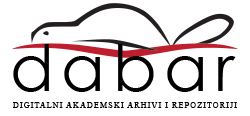| Sažetak | Kralježnica je vrlo kompleksan dio tijela sačinjen od kralježaka, diskova, zglobova, ligamenata i mišića. Svaki dio kraljžnice ima važnu ulogu u pokretanju tijela. Razlika kralježnice djece naprema kralježnici odraslih jest u njezinoj zakrivljenosti. Dječja kralježnica razvija se do druge godine života kako bi formirala sve prirodne zakrivljenosti.
Kako bi se kralježnica pravilno razvijala važno je pravilno držanje tijela. Ono podrazumijeva da su svi glavni dijelovi tijela u ravnoteži te pod minimalnim opterećenjem. Međutim, sve veći problem među populacijom jest nepravilno držanje tijela. Najčešći uzrok tome jest oslabljenost mišića čime opterećenje tijela pada na kralježnicu. Na taj način dolazi do razvoja deformacija kralježnica. Njih je, kao i nepravilno držanje, važno uočiti što ranije.
Postoje rizi na razdoblja tijekom rasta i razvoja djeteta na koje valja obratiti pažnju jer se tada najčešće razvijaju nepravilno držanje i deformacije. To su, redom, prva i šesta odnosno sedma godina života te pubertet. Tijekom prve godine života dijete se uspravlja te ukoliko se uspravljanje ne događa pravilnim redoslijedom, kralježnica može trpiti. Tijekom šeste odnosno sedme godine dijete kreće u školu. Ono tada svakodnevno dinamično kretanje zamjenjuje višesatnim sjedenjem u klupama te svakim danom nosi školsku torbu. Ta opterećenja umaraju mišiće i opterećuju kralježnicu zbog ega se mogu razviti deformacije kralježnice.
U deformacije kralježnice ubrajaju se skolioza, kifoza i lordoza. Skolioza je lateralno, a kifoza i lordoza anterioposteriorno iskrivljenje kralježnice. Deformacije se s obzirom na ozbiljnost lije e operacijskim putem, ortozom te vježbanjem što je načešći oblik liječenja. U radu su opisani primjeri vježbi za svaku deformaciju. Vježbe odabire i primijenjuje fizioterapeut u komunikaciji s liječnikom. Vježbe je poželjno prilagoditi dobi i antropometrijskim karakteristikama djeteta kako bi bile što efikasnije. Za djecu predškolske dobi poželjno je uključiti glazbu i rekvizite te pretvoriti vježbanje u igru i zabavu. |
| Sažetak (engleski) | The spine is a very complex part of the body made out of vertebrae, discs, joints, ligaments, and muscles. Every part of the spine has a very important role in moving the body. The difference between children’s spines and grownups is in their curvature. Children’s spine develops in the second year of life in order to form all natural curvatures.
In order for the spine to develop correctly, proper body posture is extremely important. It implies that all main parts of the body are in balance and under minimal pressure. However, proper posture is beginning to be a more common problem among the population. The most common source of that is weakening of the muscles with which the pressure of the body falls onto the spine. Deformation of the spine comes to be in that way. Just as an improper posture, they are important to spot as early on as possible.
There are risky periods during the growth and development of the child at which more attention should be paid because that is when it is most common to develop improper posture and deformations. That are, in order, the first and sixth or seventh years of life and puberty. During the first year of life, the child is straightening its posture, and if the straightening does not occur in the proper order, the spine could suffer. During the sixth or seventh year of life, children begin school. In that time, everyday dynamic movement is replaced by long hours of sitting and carrying a heavy school bag. Those pressures tire down the muscles and put pressure on the spine, which could lead to the development of deformations in the spine.
Deformities of the spine include scoliosis, kyphosis, and lordosis. Scoliosis is lateral, and kyphosis and lordosis are anterioposterior curvatures of the spine. Depending on the seriousness of deformities, they are being treated with operations, orthosis, or exercises, which is the most common form of treatment. The paper describes examples of exercises for every deformity. Exercises are chosen and implemented by a physiotherapist in communication with a doctor. It is desirable to adjust exercises to the age and anthropometric characteristics of the child in order for them to be as efficient as possible. For children of the preschool age, it is desirable to include music and props in order to turn exercises into fun and games. |

